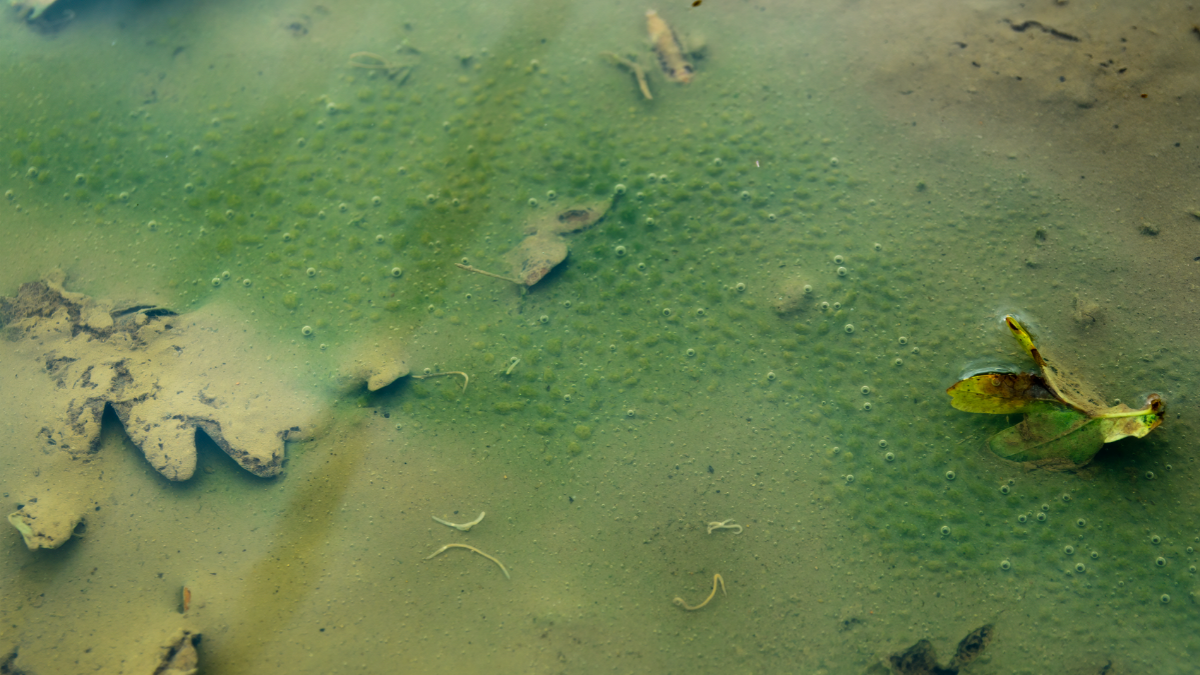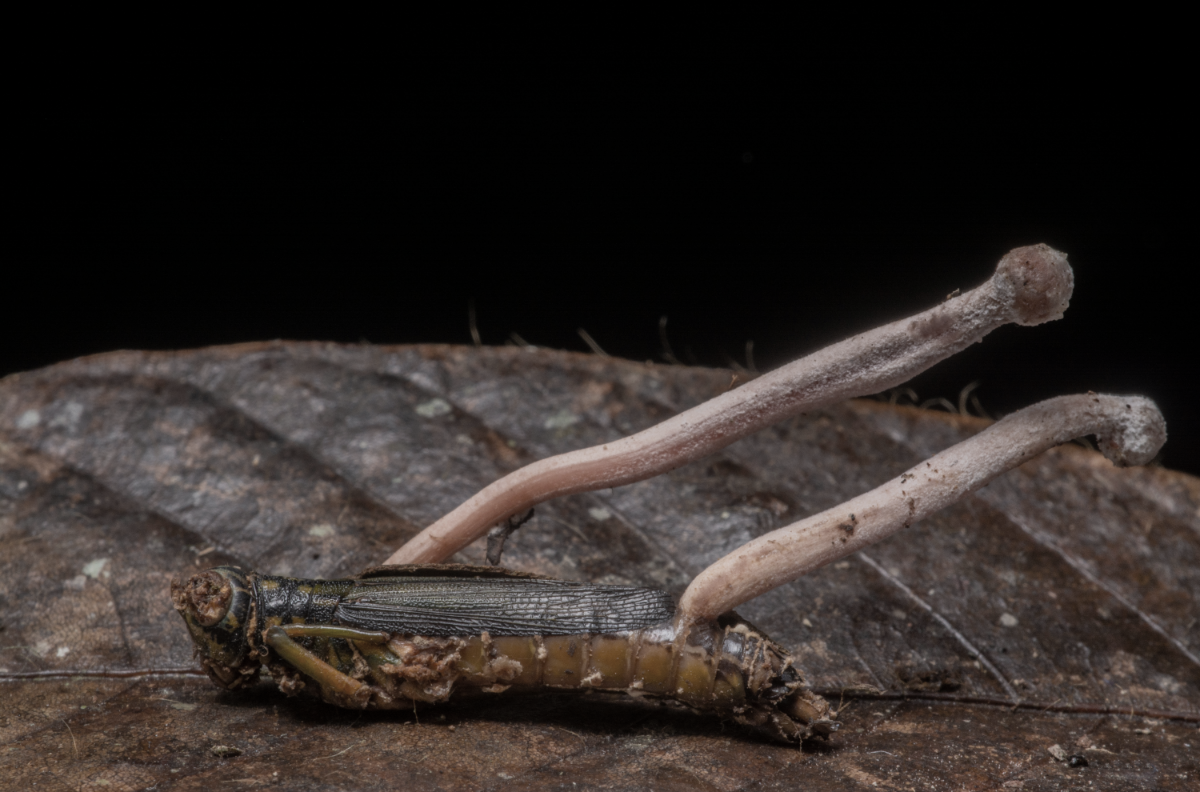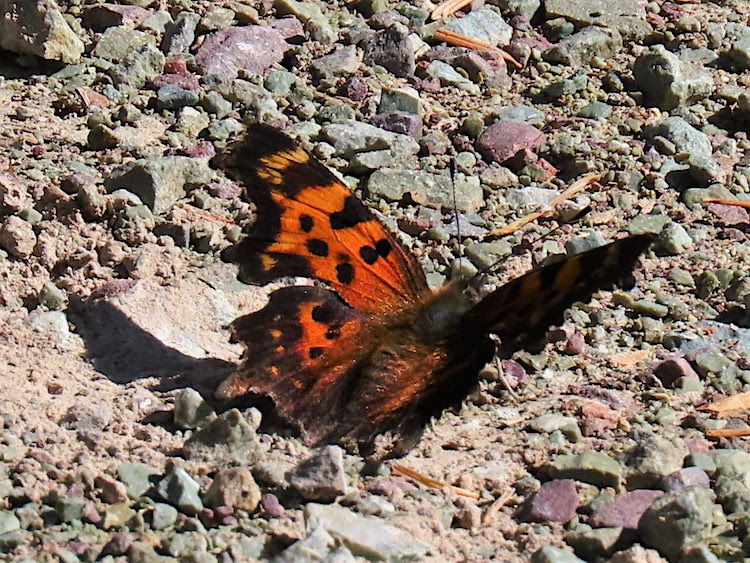Welcome back to the lab! And a Happy Halloween to you all! We’re wrapping up this month’s spooky topics with the vampires of the insect world. We’ve already covered mosquitoes and ticks, the most […]
Read MoreArticles by: Butterfly House
Notes from the Lab: The Siren’s Call
Welcome back to the Lab! Parasites have long occupied a niche space within the horror genre. Think Alien (1979), Shivers (1975), The Thing (1982), and the metaphorical (yet aptly named) Parasite (2019). While these examples may be exaggerated, […]
Read MoreNotes from the Lab: The “Z” Word
Welcome back to the Lab! I live for horror movies. So it should come as no surprise that October is my favorite time of year. This is the month that […]
Read MoreMylitta Crescent (Phyciodes mylitta)
Crescent butterflies (genus Phyciodes) are so-called for their crescent-shaped spot on the underside of their hindwing, but their intricate orange-and-black patterns on the upperside are more likely to catch your eye. These […]
Read MoreHalf-black Bumble Bee (Bombus vagans)
The Half-black Bumble Bee (Bombus vagans) is a small to medium sized bumblebee with a wide distribution in North America, ranging across Canada and the Northern US. In the central […]
Read MoreAphids (subfamily Eriosomatinae)
Aphids (subfamily Eriosomatinae) are not easy to identify to the exact species. We believe these may be Blue Ash Aphids or Smokey-winged Ash Aphids. Similar to the swarms of Woolly […]
Read MoreSaffron-winged Meadowhawk (Sympetrum costiferum)
Saffron-winged Meadowhawks (Sympetrum costiferum) are one of the last species of dragonflies to be found still flying well into the fall. Males (pictured here) are all red with a thin […]
Read MoreLake Darner (Aeshna eremita)
Lake Darners are among at least 13 different species of darners that can be found in Montana. If you look closely, you can notice the deeply notched thoracic (side) stripe […]
Read MoreGreen Comma (Polygonia faunus)
Green Commas join at least 8 other butterfly species in Montana with the distinction of being hardy little insects. The Green Commas we are seeing now will overwinter in the […]
Read MoreHemlock Looper (Lambdina fiscellaria)
The Hemlock Looper (Lambdina fiscellaria), also commonly called the Mournful Thorn, can be found coast to coast in Canada and adjacent parts of US. Females lay eggs from late July […]
Read More








